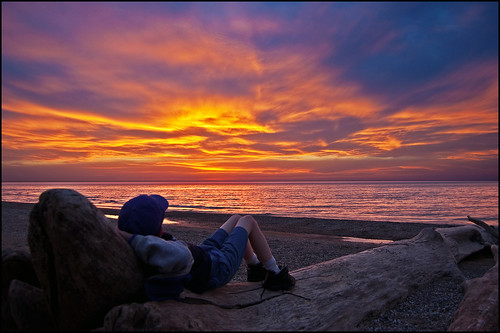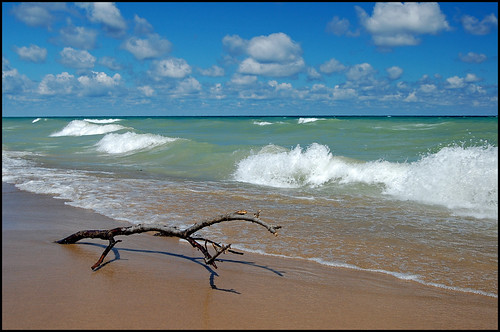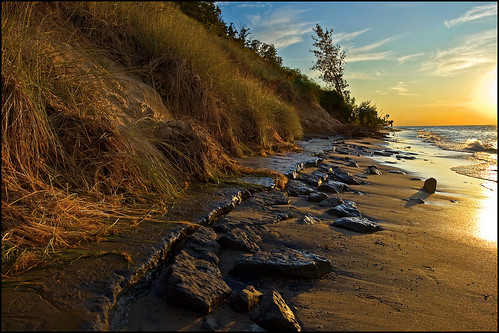
I have the Great Lakes in my blood. Born and raised on the shores of Lake Huron, my sisters and I spent countless summer days playing in the water and running along the beaches of soft singing sand.
The Au Sable River, a clear blue ribbon trout stream, empties into Lake Huron in Oscoda, Mich., my hometown. We canoed the river frequently, noticing eel-like lampreys undulate menacingly upstream in the water beneath our paddles.
We carefully maneuvered past sunken logs, remnants of the logging era, to avoid tipping and spilling into the water, imagining that this hideous creature with its huge circular, tooth-lined mouth would affix itself painfully, firmly and fatally onto our flesh!
We didn’t know about invasive species, which is what the non-flesh affixing lampreys are. We just knew we didn’t like them!
Today I live in Ohio, bordered by Lake Erie in the north. During my childhood few people swam in Lake Erie. It was too polluted.
Things got better for a while; but Lake Erie still needs help. This time the fix is more challenging because most of the problem stems from nutrient-laden sediment running off thousands of acres of land, not from the end of factory drain-pipes.

To me, the Great Lakes are the most valuable natural resource on earth. They contain one-fifth of the world’s fresh water supply and 95 percent of the fresh water in the United States.
The new Regional Conservation Partnership Program, (RCPP) created by the 2014 Farm Bill, acknowledges the importance of protecting this precious resource from the multitude of threats it faces by including the Great Lakes as one of the eight Critical Conservation Areas nationwide.
I liken RCPP to “crowd sourcing” as it allows many people to contribute a small amount toward a common goal, with NRCS providing “kick-start” funding. The program encourages new partnerships, including private sector businesses, to join with USDA’s Natural Resources Conservation Service and landowners in making a positive difference in water quality and the environment overall.
We have an unprecedented opportunity to creatively “crowd source” solutions to the problems threatening the Great Lakes with the RCPP, protecting the blood running through my veins and the veins of 25 million other Americans that call the Great Lakes home.

